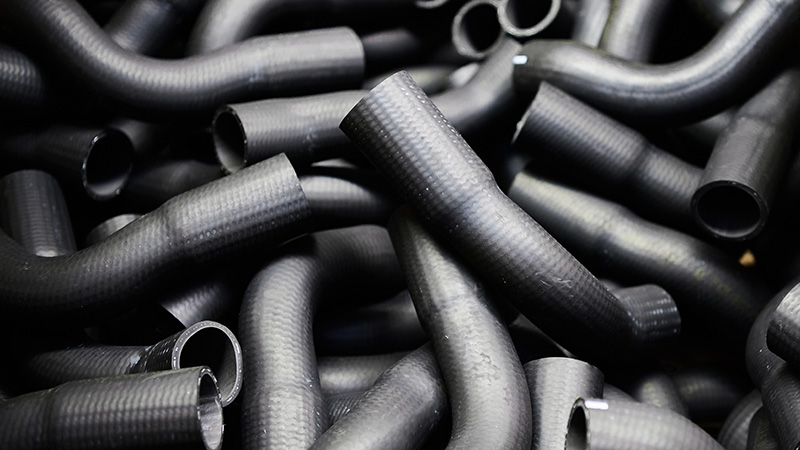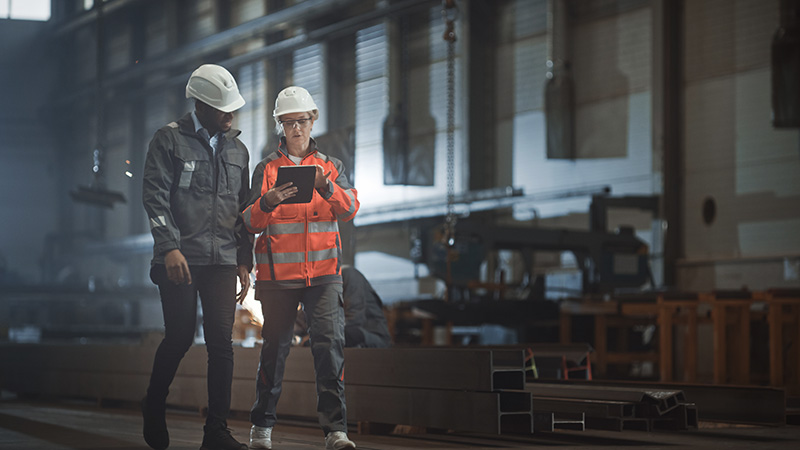As the managing director of Silta, an HR and payroll services provider, I have a ringside seat to the Finnish business world. The working life challenges our client companies face are reflected in our business volume every day. We are living in times when old structures are crumbling. At the same time, companies that are bravely forging ahead are creating entirely new kinds of work.
Work Isn’t What It Used to Be, So It’s Time to Look to the Future

Related services

The Markets for Big Companies Are Recovering, Small Companies Are Growing Fast
Many of our clients operate in fields that have been heavily affected by the structural changes taking place in the Finnish economy. For example, the changes affecting the tech cluster and paper industry, which have been the long standing pillars of our economy, have shown up in our day-to-day business as decreasing volumes and the need to rationalise operations.
The slump that these fields have been in for some time now is finally showing signs of passing, which has led to, for example, our client companies increasing hiring. Nevertheless, the Finnish economy still needs a boost, which is expected to come from the healthy positive trend currently being seen in the service sector, improving work productivity and export growth—including in the industries that have suffered most from the economic slump.
I have been especially cheered up by the strong growth I’m seeing in smaller companies: it has become natural for them to go international at an early stage, make use of advanced technology and offer high-margin services and products that can be profitably produced in Finland.
When Work and Worker Don’t Meet
The turnover of private service industries grew at a rate of about 3.6% last year, with the pace picking up towards the end of the year. Finland’s economic development following the financial crisis would have been much more grim without the construction and service industries holding up our transitioning economy.
The recent growth of the service sector has been in the form of relatively traditional jobs, but this won’t be able to sustain our budding growth indefinitely.
The number of working age citizens started to drop in Finland already in 2010, and our situation is much worse than in other Nordic countries. Unless we find ways to improve productivity, we are facing an unavoidable drop in working hours, overall production and negative economic growth.
The major challenge for our competitiveness is also an incidence problem, in which the right employees and workforce needs are not meeting for some reason. This is a real national challenge for us.
Treating the Symptoms, Not Fixing the Problem
Discussions about Finland’s competitiveness often confuse apples and oranges.
Our long-term competitiveness factors, such as infrastructure, education, technological aptitude and health care, are in good shape. Our problems are in shorter term competitiveness: Finland has high labour costs and our work productivity is lower than in other countries—not to mention the effect of exchange rates.
Though we have been making moderate labour market decisions over the past few years, they don’t solve our structural problems. At best, we are treating symptoms, not the disease itself.
The best solution to market-based problems is not likely to be a centralised, political model, but a market-based one. Such a model would reform establishment-level agreement practices and employment legislation to match the challenges of today, and preferably also those of the near future. Some good examples can be found quite close by in our European neighbourhood, for example, in Germany.
Technology Making Inroads Even into Expert Services
One concrete source of improved productivity that has been raised is the expansion of the use of robotics, artificial intelligence and their various applications into expert service industries. Automation is already quite far along in industry, but expert fields are just now taking their first steps.
The biggest reasons for this slower development in expert fields have been the high cost of technology and the resulting marginal costs of investments as well as the fact that business models have been based on traditional human work.
The next big wave of outsourcing in expert fields is expected to take place in Finland when the degree of automation in the field is high enough that it is simply no longer sensible to do the work oneself, but also not to ship it out to be done by hand in an overseas service centre, whether owned by the company itself or by an external service provider.
Technology Creates New Work
Robotics and AI solutions will reduce or even do away with many current jobs, but will also create new ones and new income models. Above all, they will increase efficiency and improve the scalability of services compared to traditional operating models.
Indeed, Finnish companies should be at the forefront of adopting the latest technology, even if doing so temporarily weakens current profit models. It is both the blessing and curse of digitalisation that if something can be disrupted, it probably will be sooner or later. Finland’s next competitiveness leap won’t happen by fine tuning old models, but will require innovation solutions relating to the productivity of human work, leading with knowledge and establishment-level agreement practices—not to mention major investments in technology and expertise.
Tatu Tulokas
Tatu Tulokas the managing director of Silta Oy. He is a member of Service Sector Employers Palta’s industrial policy committee and a member of the General Assembly of the Confederation of Finnish Industries. Castrén & Snellman is Silta’s business partner in employment law services.









